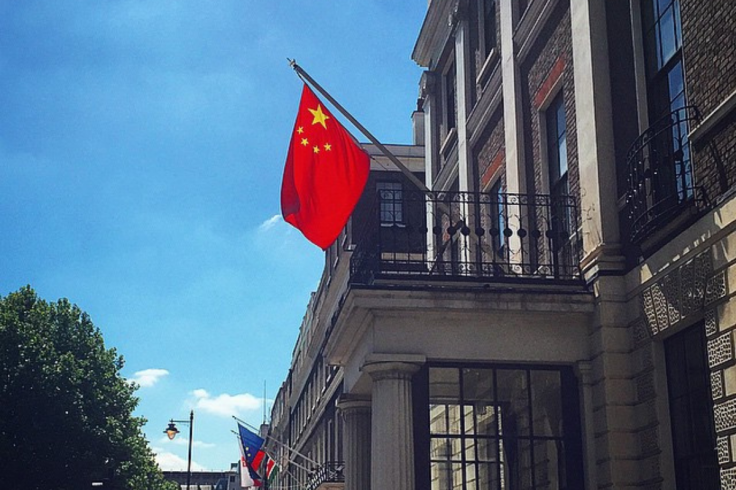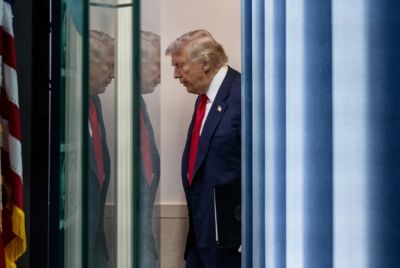From Royal Mint to Spy Hub? Row Erupts Over UK's Biggest Chinese Embassy
Beijing's plan for sprawling UK embassy at Royal Mint site ignites spy fears and political uproar in Westminster.

China faces mounting resistance over its £255 million embassy project in central London, with protesters gathering on 30 July to challenge what would become Europe's largest diplomatic compound near the Tower of London.
The controversial development at Royal Mint Court, purchased by Beijing in 2018, has united residents, human rights activists, and politicians who cite national security risks and concerns over the site's proximity to critical UK infrastructure. The proposed embassy would dwarf China's current Marylebone facility, spanning a historic location that critics argue holds strategic significance.
What Is the Controversy?
The plan to redevelop Royal Mint Court into a sprawling 20,000-square-metre diplomatic compound has raised questions about potential surveillance, intimidation of dissidents, and interference with UK financial systems. The proposal includes staff housing, a cultural centre, and provides basement rooms with no declared use.
London residents, particularly those living in adjacent flats, fear the new embassy would increase protest activity and create security risks. 'Embassy staff will live there and overlook us,' a resident, Mark Nygate, told the BBC.
Who Is Protesting?
Among the most vocal opponents is Carmen Lau, a former Hong Kong district councillor and pro-democracy activist who fled to London in 2021. She claims to have been targeted by Chinese state media and placed on a wanted list with a £95,000 reward for her capture. Standing outside the Royal Mint site, she described the embassy plan as a threat: 'I've never been this close... It's scary.'
Human rights groups representing Hongkongers, Tibetans, Uighurs, and other Chinese dissidents have staged protests involving thousands. In Manchester in 2022, a pro-democracy protester was assaulted after being dragged into a Chinese consulate compound, a case cited frequently in the current opposition.
What Are the Security Fears?
Security experts warn that the embassy's location adjacent to London's financial district could expose sensitive data. The site previously hosted Barclays' trading operations and sits atop fibre optic tunnels linked to City firms. Some speculate that access to this infrastructure could enable espionage, although such surveillance would be difficult to detect; China denies any such intent.
Professor Periklis Petropoulos, a specialist in optical communication, confirmed that tapping into cables within proximity is technically possible. Still, others note China's broader capabilities in cyber-espionage render such risks part of a wider strategic concern.
How Has the Government Responded?
The original planning application was rejected by Tower Hamlets Council in 2022. However, the matter was escalated to the central government in August 2024. Since then, Deputy Prime Minister Angela Rayner has taken over the decision-making process, following lobbying by Foreign Secretary David Lammy.
During a call between Prime Minister Keir Starmer and Chinese President Xi Jinping, the embassy plan was reportedly raised, fuelling speculation that the government may approve the project to preserve diplomatic relations.
What Happens Next?
Senior figures remain divided. Lord Peter Ricketts, a former national security adviser, said the embassy debate reflects the UK's balancing act: maintaining economic ties with China while managing the risk of espionage and human rights abuses. Conservative MP Sir Iain Duncan Smith has argued approval would be 'kissing up to China.'
Professor Steve Tsang of the SOAS China Institute suggested that placing Chinese diplomatic staff under one roof may, paradoxically, make their activities easier to monitor. However, others warn that approval could embolden further expansion of soft power.
A final decision is expected within months. Until then, residents, campaigners, and ministers continue to argue over whether Royal Mint Court should become a symbol of diplomacy or a security liability.
© Copyright IBTimes 2025. All rights reserved.




















